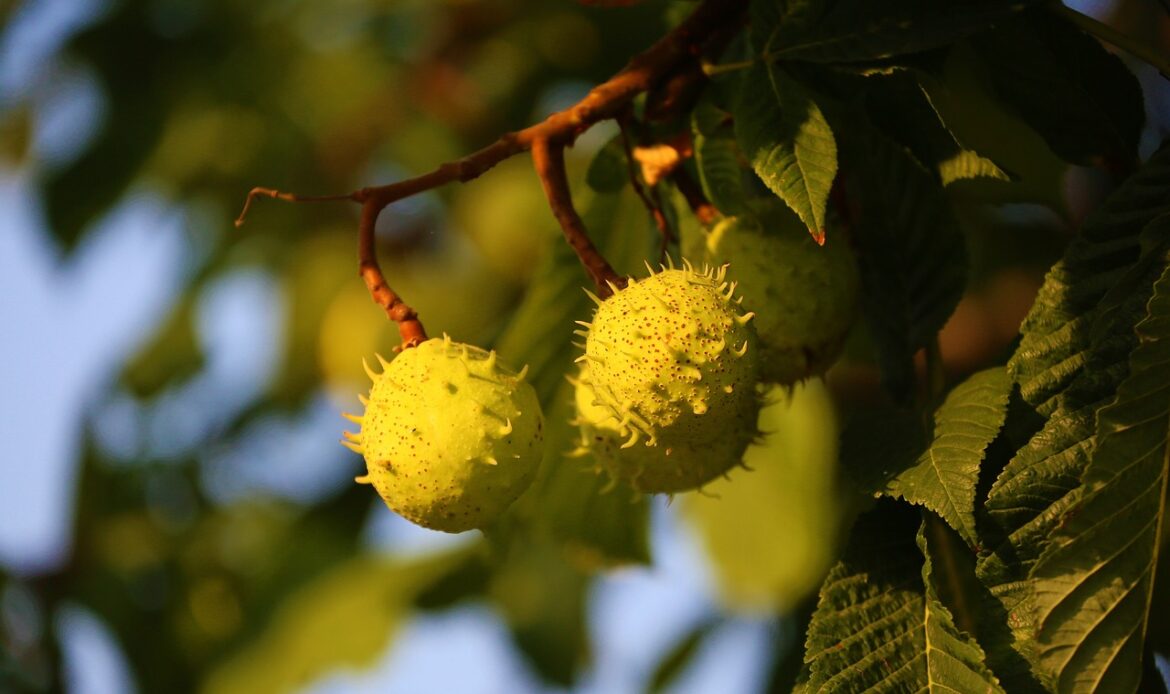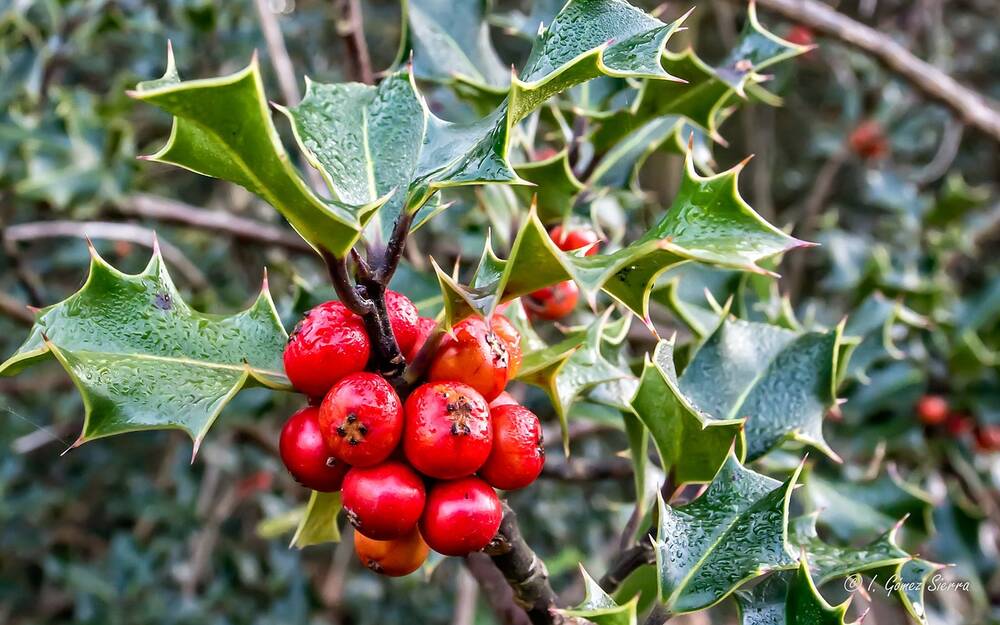This article explores the ecological importance of trees in Britain, exploring 10 of the most common trees and how to identify them.
Understanding British Trees
Before we dive into the most common trees in Britain, it’s important to understand the role that trees play in the ecosystem.
Trees are crucial for producing oxygen, absorbing carbon dioxide, providing wildlife habitats, regulating temperature, and preventing soil erosion.
Their absence would drastically impact ecosystems. Planting trees significantly contributes to biodiversity and is a brilliant route that people across the country are taking to develop Biodiversity Units.
The Importance of Trees in Britain
Trees play a crucial role in combating climate change, with their capacity to capture and store carbon being more vital as global temperatures are predicted to rise by 3°C to 4°C by 2100.
These ‘natural carbon sinks’ not only help mitigate the effects of climate change but are also key to the UK’s goal of achieving carbon neutrality by 2050, requiring an increase in woodland cover from 13% to at least 19%.
Beyond carbon sequestration, trees are essential for biodiversity, providing habitats for various species, improving health and wellbeing, offering flood defences, reducing pollution, and enhancing urban environments.
Protecting, restoring, and planting trees is paramount. Trees are an indispensable tool in our fight against climate change, emphasising their integration into sustainable development strategies.

How to Identify Common British Trees
By the end of this article, you should be able to identify 10 of the most common trees in the UK. This involves observing various distinctive features that offer clues to their species.
To master tree identification, focus on aspects like overall appearance, size, and shape, which can vary significantly among species and even be influenced by their environment. Bark texture and colour, as well as the presence of ridges or flakiness, are also key indicators of a tree’s identity.
Leaves and needles provide valuable information; their type (broadleaf or conifer), shape, and texture are crucial for differentiation. Additionally, the seasonal appearance of flowers, fruits, and seeds adds to the identification toolkit.
Leaf buds and twig arrangements offer winter identification clues when many trees lack their more recognizable features. By piecing together these details—considering the tree’s context, such as its location and surrounding vegetation—you can accurately identify British trees.
For a more interactive learning experience, consider utilising a tree identification app, such as the Woodland Trust’s useful application.
10 of the most common trees in Britain

1. Horse Chestnut Trees
Remember playing a game of conkers as a child every autumn? These glossy brown seeds, encased in a spiky green capsule, drop from the majestic deciduous Horse Chestnut tree.
To identify a Horse Chestnut, look for its large, palmate leaves which means when 5-7 leaflets radiate from a central point. In spring, it blooms with tall, conical spikes of white flowers, each petal marked with a yellow or reddish blotch, and in autumn the famous conkers fall.
Horse Chestnuts thrive in well-drained soils and are commonly planted across the UK. They are commonly found in parks, gardens, and along streets for their ornamental value, creating dense canopies that provide shade and shelter. Despite their toxicity to many native animals, the flowers are a valuable nectar source for bees and other pollinating insects in spring.

2. Oak Trees
Oak trees, quintessentially English, stand as symbols of strength and endurance. With lobed leaves and acorns nestled in knobbly cups, they’re easily identifiable.
Oaks thrive across England, from ancient woodlands to parklands, playing a pivotal role in ecological systems. They support an incredible diversity of life; over 280 insect species feed on oak, providing food for birds like the nuthatch and woodpecker.
Bats roost in their creviced bark, while fungi and lichens flourish at their base. Oaks’ sprawling branches offer shelter and nesting sites, making them vital for maintaining biodiversity and sustaining numerous species throughout their centuries-long lifespans.

3. Holly Trees
Holly trees are an iconic symbol of Christmas, noted for their evergreen, glossy, spiky leaves and bright red berries, which only appear on female plants.
Holly thrives in both woodland and scrubland across England, often found in understoreys of larger forests or as standalone trees in more open landscapes.
They provide crucial shelter and food for wildlife; birds such as the blackbird and thrush feast on their berries, while the dense foliage offers protection and nesting sites. Holly trees also support various insects, including the Holly Blue butterfly, enhancing local biodiversity.

4. Hazel Trees
Hazel trees are a quintessential part of England’s woodlands, hedgerows, and scrublands, valued for their ecological and historical significance.
Easily identifiable by their rounded, double-toothed leaves and the male catkins that appear as yellow tassels in early spring, Hazels are known for producing edible nuts encased in a leafy bract.
These trees are a vital habitat for wildlife, providing food and shelter for squirrels, dormice, and a variety of birds. The nuts, or hazelnuts, are particularly important for small mammals.
Found throughout England, Hazels thrive in mixed woodlands and are a key species for coppicing, a traditional form of woodland management.

5. Common Alder Trees
Alder trees are a staple of England’s wetland areas, distinguishable by their glossy, rounded leaves with serrated edges and their distinctive cones and catkins.
Thriving in moist soils alongside rivers and lakes, Alders play a crucial role in stabilising riverbanks. Their wood is resistant to rot when submerged, making it historically valuable such as construction of water pipes, boats and docks.
Alders form a symbiotic relationship with nitrogen-fixing bacteria, enriching the soil where they grow. This tree supports a range of wildlife, including insects that attract birds such as siskins and goldfinches.
Alders are particularly prevalent in riparian environments (lands that occur by the edge of water bodies).

6. Hawthorn Trees
Hawthorn trees, emblematic of the English countryside, herald the seasons with their fragrant white blossoms in spring and vibrant red berries in autumn.
Characterised by their thorny branches and deeply lobed leaves, these hardy trees or shrubs thrive in diverse habitats, from woodland edges to traditional hedgerows.
Hawthorns are vital for wildlife, offering nectar for pollinators and berries for birds such as thrushes, finches, and waxwings during the colder months.
Their dense foliage provides nesting sites and shelter for various bird species, enhancing the ecological richness of their surroundings.

7. Silver Birch Trees
Silver Birch trees are a striking feature of our landscape, identifiable by their distinctive white, peeling bark and delicate, triangular leaves affected by the slightest breeze.
These slender, graceful trees are often among the first to colonise cleared land, thriving in dry, sandy soils across England from woodland areas to heathlands.
Their leaves serve as food for caterpillars of the Peacock and Angle Shades moths, while their seeds are a food source for birds such as siskins and redpolls.
The bark also provides habitat for various lichens and fungi, contributing to a rich and vast biodiversity.

8. Elder Trees
Elder trees are a common sight, easily recognized by their clusters of cream-coloured, fragrant flowers in early summer, followed by dark purple berries in the autumn.
These small trees or shrubs, with their broad, compound leaves, thrive in a variety of settings including woodlands, hedgerows, and urban areas.
Elders are incredibly valuable for wildlife; their flowers attract a myriad of pollinators such as bees and butterflies, while the berries provide a vital food source for birds like the blackbird and starling. Many insects, including the elderberry bore beetle, rely on the elder tree for habitat, making it a key species for biodiversity.

9. Common Lime Trees
Common Lime trees are notable for their heart-shaped leaves and fragrant, yellowish flowers that bloom in summer, attracting bees and butterflies.
These large, deciduous trees are often found lining avenues and in historic parklands, favoured for their dense foliage and symmetrical shape. Lime trees are a haven for wildlife; their leaves serve as a food source for caterpillars of several moth species, such as the Lime Hawk-moth.
Aphids, drawn to the lime’s abundant sap, provide food for ladybirds and birds, making these trees bustling ecosystems.

10. White Willow Trees
White Willow trees, with their striking, slender leaves and silver-green foliage, are a familiar sight along England’s waterways.
These large, fast-growing trees are recognized for their drooping branches and preference for wet, boggy soils, making riverbanks and lakesides their ideal habitats. Their catkins (a cluster of flowers), which appear in spring, provide an early source of pollen and nectar for bees and other pollinators.
White Willows are also crucial for supporting a variety of bird species, including warblers, who nest in their dense, leafy branches.
Interestingly, their bark has historically been used for medicinal purposes as it is rich in a chemical called salicin which is comparable to aspirin.
The Role of Trees in British Ecosystems
As we have covered, trees are fundamental to British ecosystems, serving dual roles in environmental sustainability and economic development.
Trees are indispensable to British ecosystems, serving as vital carbon sinks, enhancing biodiversity, and providing habitats for countless wildlife species.
They regulate climate, protect soil from erosion, and purify air and water. By supporting complex ecological networks, trees contribute to the health and resilience of natural environments across the UK.
Providing Habitats for Wildlife
Trees are vital for UK wildlife, offering a dynamic habitat from their inception as seeds to their final decay into the soil.
Throughout their life cycle—seed, seedling, mature tree, snag, and decaying wood—trees provide essential resources for wildlife, including food, shelter, and breeding sites.
Living trees offer sustenance and refuge, with mature trees supplying fruits and protection during harsh weather.
Snags, or dead trees, serve as critical nesting, foraging, and roosting spots for birds, small mammals, and insects. As they decay, trees continue to support biodiversity, enriching the soil and serving as nurse logs for new plant growth.
This cycle supports a wide array of species, from birds like the American Robin and Bald Eagle to mammals such as bats and bears, and even amphibians like the Wood Frog, proving trees are indispensable for sustaining diverse ecosystems.

Supporting Biodiversity
Trees are biodiversity powerhouses, supporting complex ecosystems. By offering varied habitats, they facilitate species coexistence, from canopy dwellers to soil organisms.
Their role in producing oxygen, cycling nutrients, and providing food and nesting materials fosters a rich tapestry of life, ensuring ecological balance and resilience against environmental changes.
Trees and Climate Change Mitigation
British trees play a critical role in climate change mitigation by acting as significant carbon sinks.
The UK’s forests, encompassing 3.2 million hectares, store approximately 1,095 million tonnes of carbon, with about 70% of this carbon stored in the soil.
These forests are instrumental in absorbing around 4.8 million tonnes of carbon annually, thereby reducing the UK’s net greenhouse gas emissions. The expansion of woodland areas and the utilisation of wood for construction and bioenergy are strategic moves to further decrease net emissions.
This doesn’t only sequester carbon but also promotes the use of sustainable materials, reducing reliance on fossil-fuel-intensive products.
Conclusion
British trees heavily support ecosystems and combat climate change. Trees like the Oak and Silver Birch not only provide crucial habitats for wildlife, including birds and insects, but also act as natural carbon sinks, essential for achieving the UK’s carbon neutrality goals.
Trees contribute to biodiversity, offer flood defences, and enhance urban spaces. As climate change accelerates, the need to protect, restore, and expand woodlands becomes increasingly critical.
It is crucial to understand their ecological benefits, so we can better appreciate their importance and advocate for tree conservation, ensuring the health and resilience of Britain’s natural environments.

